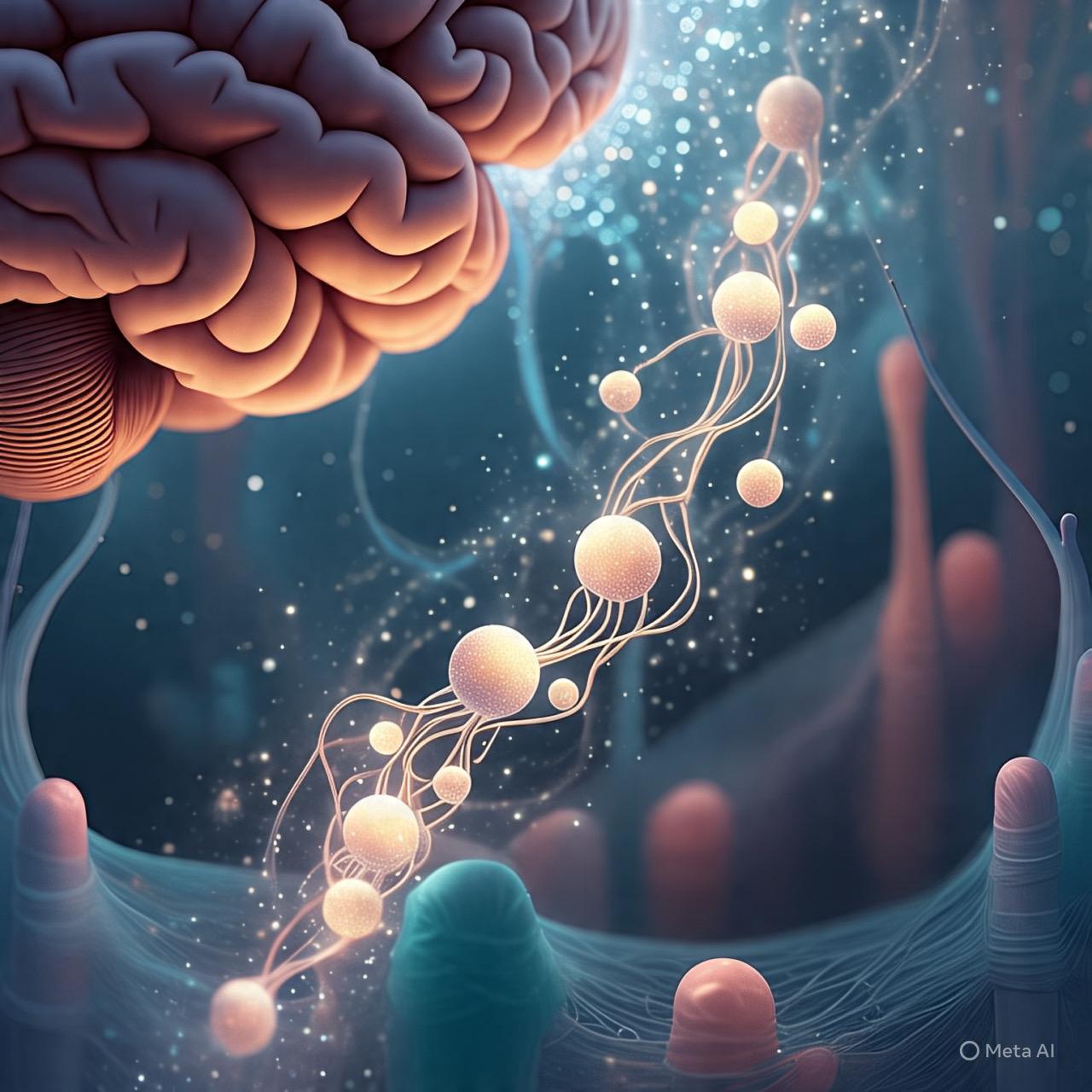The Gallbladder and Its Vital Role in Digestion
The human body is full of intricate designs, each organ serving a specific
purpose. One such organ, often overlooked, is the gallbladder. Though
small, this pear-shaped organ plays a crucial role in digestion, working
closely with the liver to manage bile flow and aid in fat digestion.
What Is the Gallbladder?
The gallbladder is a small, hollow organ located beneath the liver. It acts
as a storage unit for bile, a digestive fluid produced by the liver. When
you eat foods high in fat, the gallbladder contracts, releasing bile into the
duodenum, the first section of the small intestine, in response to the
hormone cholecystokinin. This bile aids in breaking down fats and supporting
nutrient absorption. Essentially, it’s like a bag that holds bile; when the
body needs it, the gallbladder squeezes or contracts to release the bile. [1]
The Role of Bile
Bile is a yellow-green fluid composed of bile salts, cholesterol, and waste
products like bilirubin. It also contains water, electrolytes, and
phospholipids, which aid in digestion and maintaining the right chemical
balance in the digestive tract. Bile emulsifies fats, breaking them into
smaller droplets so enzymes can digest them more efficiently. Without bile,
fat digestion would be much more difficult, leading to nutrient deficiencies
and digestive discomfort. [2]
Gallbladder Health and Common Issues
Despite its essential function, the gallbladder is not an organ people
often think about—until it causes problems. Several conditions can affect
its function, including:
• Gallstones – Hardened deposits of cholesterol or bilirubin that can
block bile flow, causing pain, nausea, and inflammation. Gallstones are the
most common cause of gallbladder disease. [3]
• Cholecystitis – Inflammation of the gallbladder, often due to gallstones
or infection. [3]
• Biliary Dyskinesia – A condition where the gallbladder does not contract
properly, leading to inefficient bile release. [3]
Life Without a Gallbladder
Interestingly, a person can live without a gallbladder. If removed due to
gallstones or other issues, the liver continues to produce bile, but instead
of being stored, it flows directly into the small intestine. Some people may
experience digestive changes, such as difficulty digesting fatty foods or
occasional diarrhea, but many individuals continue to digest food normally
without a gallbladder. Dietary adjustments can help the body adapt to these
changes. [3]
Jehovah’s Amazing Design
The gallbladder may seem small, but its function reflects Jehovah’s
incredible design. Even organs that are sometimes removed serve a purpose,
helping the body operate in harmony. This reminds us of 1 Corinthians
12:25-26, which says:
“so that there should be no division in the body, but its members should
have mutual concern for one another. If one member suffers, all the other
members suffer with it; or if a member is glorified, all the other members
rejoice with it.” (New World Translation Study Bible)
Jehovah designed the human body with wisdom, ensuring even the smallest parts
play a role in our well-being. The gallbladder’s role in digestion is just
one more example of His perfect design!
Sources
1. Cleveland Clinic. “Gallbladder What Is It Function Location & Anatomy.”
Published 2023.
2. Britannica. “Gallbladder.” Published 2023.
3. Johns Hopkins Medicine. “Gallbladder Disease.” Published 2023.
Edited by dljbsp





5 Comments
Recommended Comments
Join the conversation with your brothers and sisters!
You are posting as a guest. If you are already a member, sign in now to post with your existing account.
Note: Your post will require moderator approval before it will be visible.